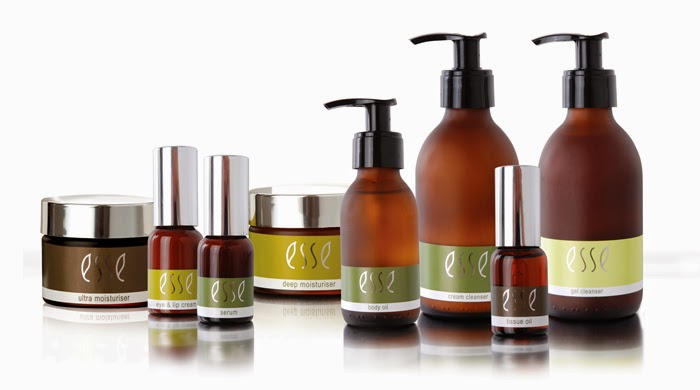We live in a flat. It is lovely and large, with a balcony, but a flat nonetheless. This obviously means no garden - but as we are desperate for 'green' in our lives, we compromised - hello, planter. We had one custom made - which worked out much cheaper than buying a ready-made version.
Naturally, we were after the 'green' factor, but also wanted it to be a mainly edible garden - we chose to start with lettuce, spinach, spring onion - and for herbs, coriander, mint, rosemary and basil. We mainly bought small plants and seedlings, with a few grow-from-scratch seeds for luck and a few gorgeous, yellow Ranunculus for colour.
Our balcony gets a fair amount of sun, so we had quite a few options available for plants that would do well. As a newbie to seeds and plants, most packets also tell you how to make plants happy - sun, shade, water, starvation - they make it quite easy. You can do this.
Our planter came with plastic sheeting (to protect the wood from water and stop it rotting).
We also needed drainage chips (pictured in the image below), soil and compost, to prepare the planter for the plants. Your wooden planter should have drainage holes at the bottom - once you have lined your planter with plastic, make holes in this to align with the holes in the wood. Then, scatter the drainage chips over the bottom of the plastic.
We also needed drainage chips (pictured in the image below), soil and compost, to prepare the planter for the plants. Your wooden planter should have drainage holes at the bottom - once you have lined your planter with plastic, make holes in this to align with the holes in the wood. Then, scatter the drainage chips over the bottom of the plastic.
Now, for the soil. We used equal amounts of soil and compost, which we mixed together. We filled the planter with soil - almost to the top. Then, trim the overhanging plastic so it just comes to the top of your soil.
Now, to plant. Most seedlings will come in a tray or in small pots with soil. Gently squeeze the plastic containers to loosen the soil and roots, and pull the plants out (a gentle tug at a few of the leaves will generally do it.) Once the seedlings are out of their plastic, gently squeeze the compacted soil they will still be stuck in - this will loosen the roots and encourage them to grow into the soil in your planter, quicker.
Water generously, and you're done. Really not as difficult as you thought, right? We also have one of these - which cuts down on food waste and also helps give our plant extra nutrients - what can I say, we're keen newbies.
These images were taken a good few months ago - here is a snapshot of it now:
Naturally, a few things have changed and we have learned along the way. Spinach, everywhere. It really is thriving - amazing being able to pick it to eat for dinner. Coriander. Don't go near it. If the wind blows too hard, the sun shines too bright or it is simply feeling lonely, it dies. Mint - grows like a weed. Basil - almost impossible to kill. We've also introduced chillies and strawberry - both are doing well, with chilli-plant already bearing 'fruit'.
We've also decided not to plant seeds in the planter - and only seedlings. As a general scatter of seeds can waste a lot of space, we are rather cultivating them by re-using seedling trays and transplanting them to the planter once they are big enough. That chilli plant you see in a pot? Grown from seed.
Our planter has become part of our daily routine - Luke waters it every morning, I check on it every evening - see what is thriving, dying or ready to eat. We are eating from the same R8 spinach plants we bought almost 10 months ago, for a little perspective.
Please let me know by commenting below if you have any questions or tips - we're still new to this, but would love to help if we can.
Please let me know by commenting below if you have any questions or tips - we're still new to this, but would love to help if we can.
Here are a few tips from House and Leisure to help you on your way to green fingers.











0 comments:
Post a Comment